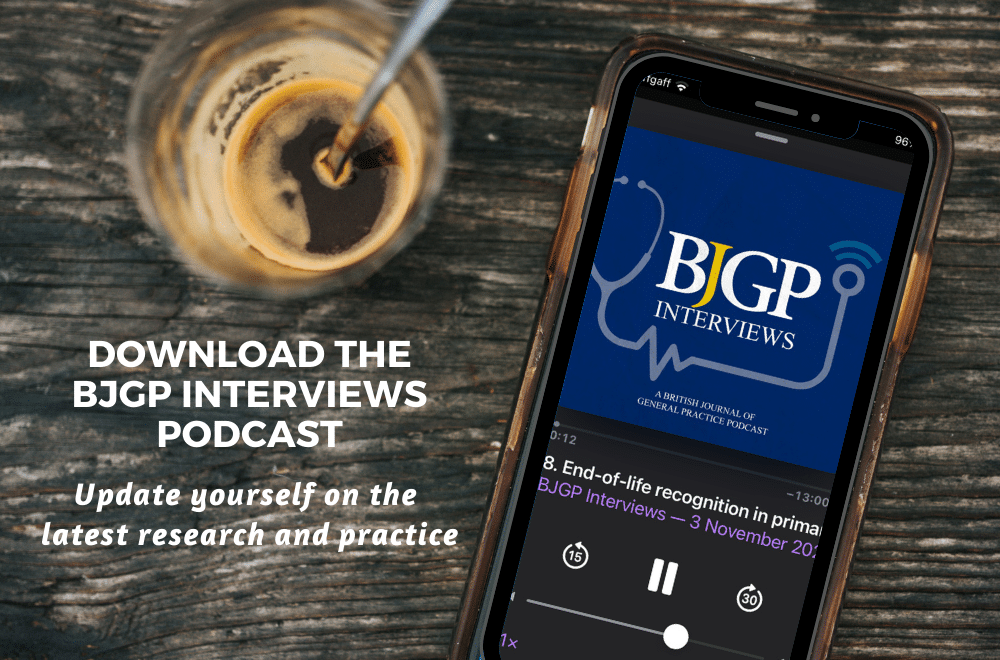 Alex Burrell is an Academic GP based in Bristol.
Alex Burrell is an Academic GP based in Bristol.
Prescribing cascades
A major issue in polypharmacy is prescribing cascades, starting one medication to treat the side effect/s of another. These can be intentional e.g. prescribing laxatives alongside opioids, or unintentional. Unintentional prescribing cascades occur when a side effect is misidentified as a new symptom and treated with a new medication e.g. amlodipine prescribed then leg swelling treated as possible heart failure with diuretics. In patients with polypharmacy, identifying and rectifying an unintentional cascade becomes much more difficult. This Irish study1 interviewed key stakeholders – GPs, patients, carers, pharmacists, geriatricians, policy makers – to explore perceptions of and attitudes towards this area of problematic polypharmacy. Three key themes were identified: the seemingly unavoidable nature of prescribing cascades in multimorbidity; the clinical challenge of balancing risk and benefit; and the ‘minefield’ of medication reconciliation following hospital discharge. Unpicking an unintentional prescribing cascade is complex and requires skill, which GPs have, and time, which we often don’t. The authors suggest greater collaboration with patients, pharmacists, and our secondary care colleagues may help.
Teacher wait time
We will all have experienced the deafening silence that can follow when a presenter throws a question to the room…
We will all have experienced the deafening silence that can follow when a presenter throws a question to the room, and the palpable tension that begins to build if an answer is not forthcoming. Who will break first, teacher or learner? This German study2 reframes this positively in an exploration of ‘teacher wait time’ (TWT) the pause between a teacher asking a question and either a student response or the teacher following up. TWT ‘allows students to reflect on…questions, activate prior knowledge, and hence influence whether a question is responded to at all’. The authors conducted a video study in clinical undergraduate case-based medical teaching aiming to explore the use and impact of TWT. The median TWT varied dramatically between educators from 2.88-10.96 seconds. To maximise the chances of a student response, the authors recommend teachers wait for 5-12 seconds for an initial question and 5-8 seconds for follow-up questions. This might feel longer than is comfortable, but I enjoyed this paper and I’ll give it a go next time I’m teaching.
Online services for mental health conditions
As services continue to move to online or remote options, the risk of exacerbating existing inequalities remains. This qualitative study explored the views of people with a mental health condition, a group at high risk of digital exclusion, on their experience of online services and ‘digital facilitation’, methods by which patients can be supported to use online services in general practice.3 Two areas were identified as needing particular attention; distrust of online services and barriers to registration. Participants also reported difficulties in access potentially exacerbating their presenting condition. There were, however, some positives, including the convenience of online services and timely access to repeat medications. As with many things in medicine, there was no clear universal approach, and the key takeaway seems to be that practices need to be flexible and adaptable to ensure equitable access to online services for at-risk groups.
…the key takeaway seems to be that practices need to be flexible and adaptable to ensure equitable access to online services for at-risk groups.
Community DVT pathways
Diagnosis and management of deep vein thrombosis (DVT) now seems to occur almost exclusively in the community in the absence of complicating factors. Is this safe? This study in the Netherlands4 prospectively evaluated their community DVT pathway in which patients with a suspected DVT received therapeutic anticoagulation before being seen the following weekday in an outpatient diagnostic clinic. 460 patients were included in the study, of which 114 (24.8%) had a confirmed DVT and 70 (15.2%) had isolated superficial vein thrombosis. No major bleeding events were reported: rates of patient-reported minor bleeding events were ‘infrequent and harmless’, mainly injection site haematomas in patients prescribed low-molecular-weight-heparin as opposed to direct oral anticoagulants. It’s important to note participants in this study had only a single dose of therapeutic anticoagulation before a diagnosis of DVT was confirmed or refuted: in a system where things don’t always run smoothly, this may not be the case.
References
- Jennings AA, Doherty AS, Clyne B, et al. Stakeholder perceptions of and attitudes towards problematic polypharmacy and prescribing cascades: a qualitative study. Age Ageing. 2024;53(6):afae116. doi:10.1093/ageing/afae116
- Häusler J, Gartmeier M, Grünewald MG, et al. Too much time or not enough? An observational study of teacher wait time after questions in case-based seminars. BMC Med Educ. 2024;24(1):690. Published 2024 Jun 25. doi:10.1186/s12909-024-05667-w
- Parsons J, Abel G, Bryce C, et al. Supporting patients with a mental health diagnosis to use online services in primary care. A qualitative interview study. Digit Health. 2024;10:20552076241255637. Published 2024 Jun 7. doi:10.1177/20552076241255637
- Luu IHY, Appelboom Y, Willems JIA, et al. Deferring diagnostic evaluation of suspected deep vein thrombosis using direct oral anticoagulant or low-molecular-weight heparin as a single dose anticoagulant: A prospective real-world study in a regionwide care pathway. Thromb Res. Published online June 3, 2024. doi:10.1016/j.thromres.2024.109059
Photo by Deleece Cook on Unsplash




